When you think of fish and the River Torrens/Karrawirra Pari, you probably imagine pesky European carp, but we have some interesting rare and threatened native species and even an ancient sucker fish living in our iconic river. Here’s everything you need to know about these fish and what is being done to protect them.
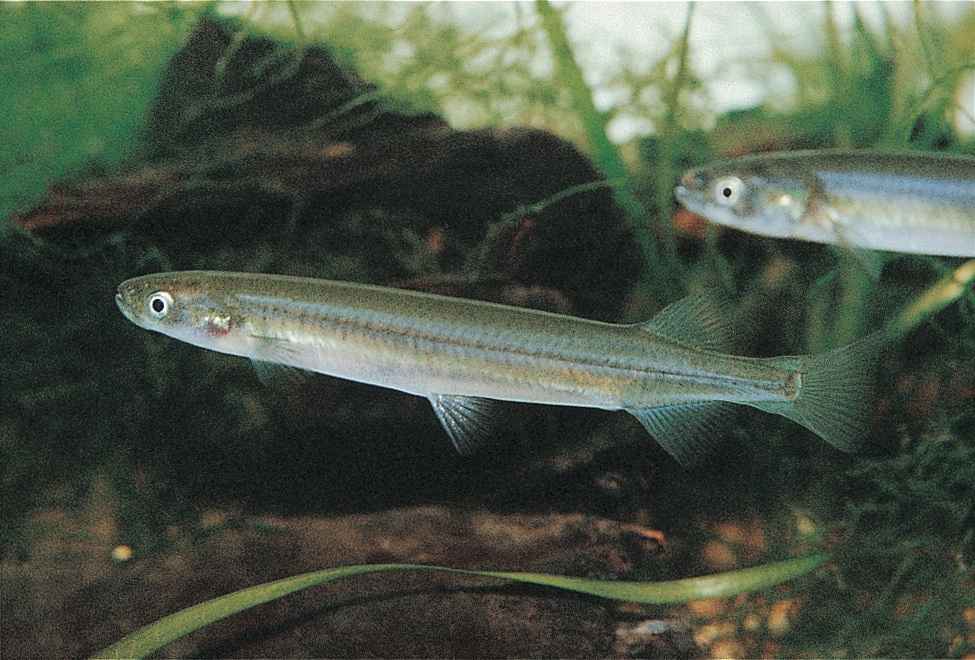
Adelaide’s River Torrens/Karrawirra Pari is home to 12 native species of freshwater fish including congoli, lampreys, eels, catfish, and galaxiids. Many of these are considered to be threatened either nationally or within the Adelaide region.
You might be wondering why you haven’t seen these native fish in the river. Some of them are only occasional visitors and spend part of their life in the sea and some are so small you hardly know they’re there, but what they lack in size, they make up for in looks.
Here’s some of the interesting species we have found in the river:
1. Climbing galaxias
This large, stocky fish doesn’t have scales and is usually about 10 to 18 cm long but can reach up to 25 cms.
It can be recognised by its large head and mouth and body shaped like a tube.
They vary in colour from greyish-brown to dark green, with blotchy (sometimes gold iridescent) spots all over their body, making them very cool to look at.
If you were wondering why they are called ‘climbing’ galaxias, well it’s because they are known to climb up steep surfaces such as wet rocks and waterfalls.
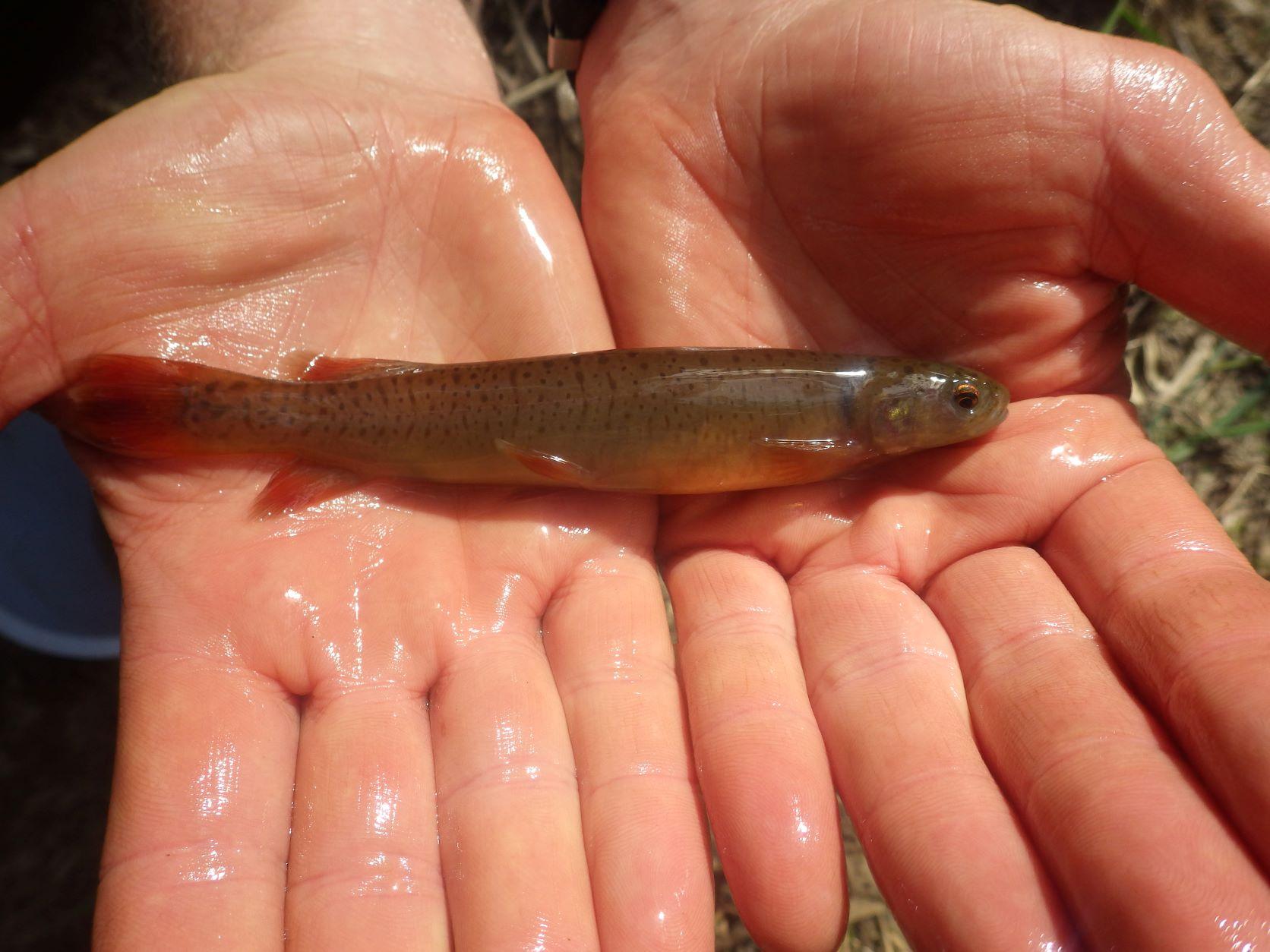
2. Common galaxias
This fish has a slimmer, narrower body and a forked tail.
Their colour ranges from green to amber with a darker green or brown spotty pattern all over. Smaller in size than their climbing counterparts, they only grow to be about 10 cm long.
One distinguishing feature is their iridescent sliver eyes, underside and gill covers.
Some even have an iridescent green strip along the top of their body. You might even be lucky enough to catch one showing it off as they swim by.
The common galaxias releases eggs in the lower sections of the river before the eggs float out to sea to hatch. Juveniles then swim upstream to live their adult lives.
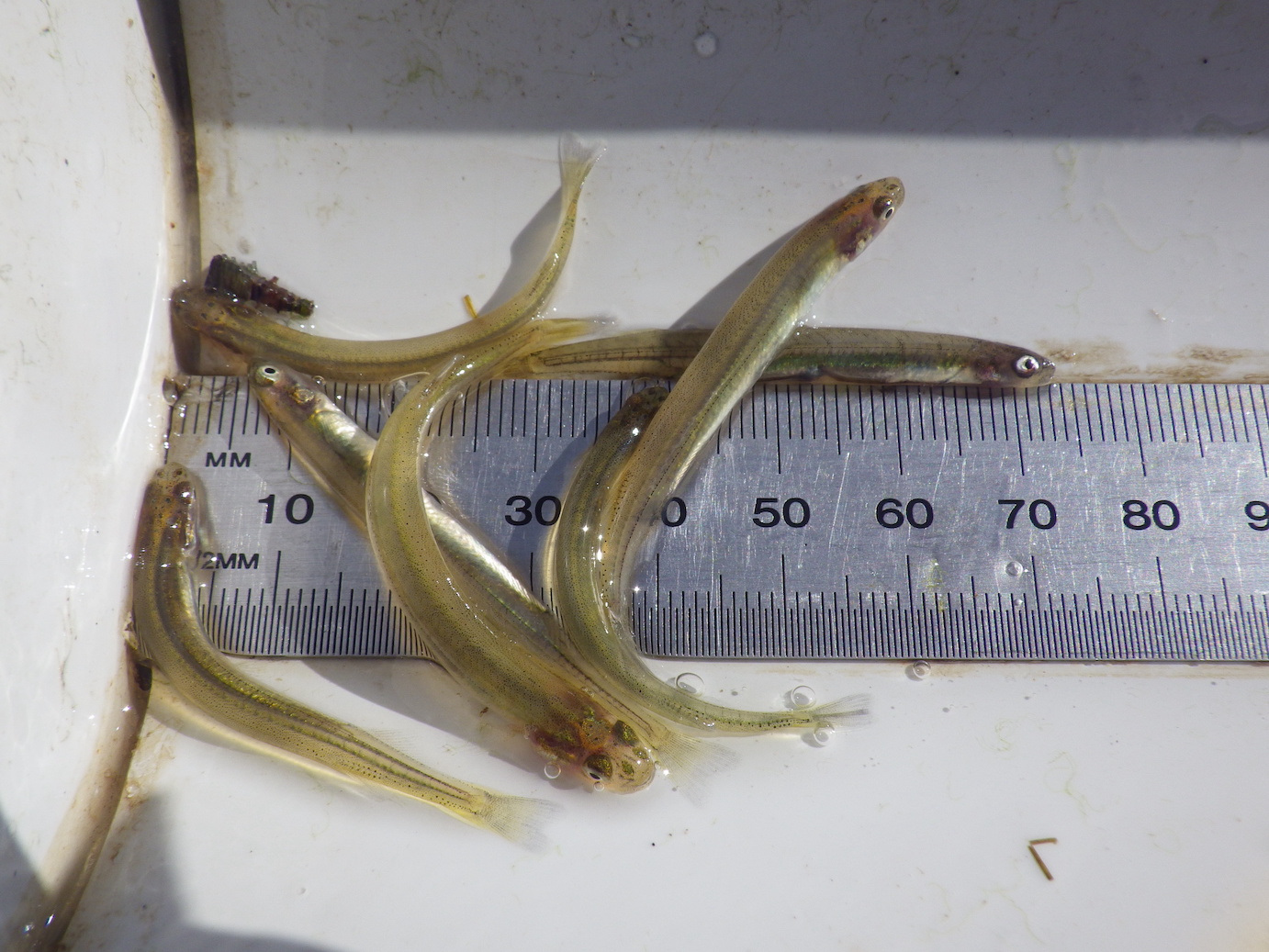
3. Congolli
Congolli are small-bodied native fish that are a mottled brown colour and have a silvery-white underside.
They have a flattened head, sharp snout and eyes close together near the top of their head.
Sometimes they are called a marble fish, possibly due to the mottled pattern on their bodies. Like the common galaxia, they rely on both fresh water and salt water to complete their lifecycle – so they need to be able to move freely between the river and the sea.
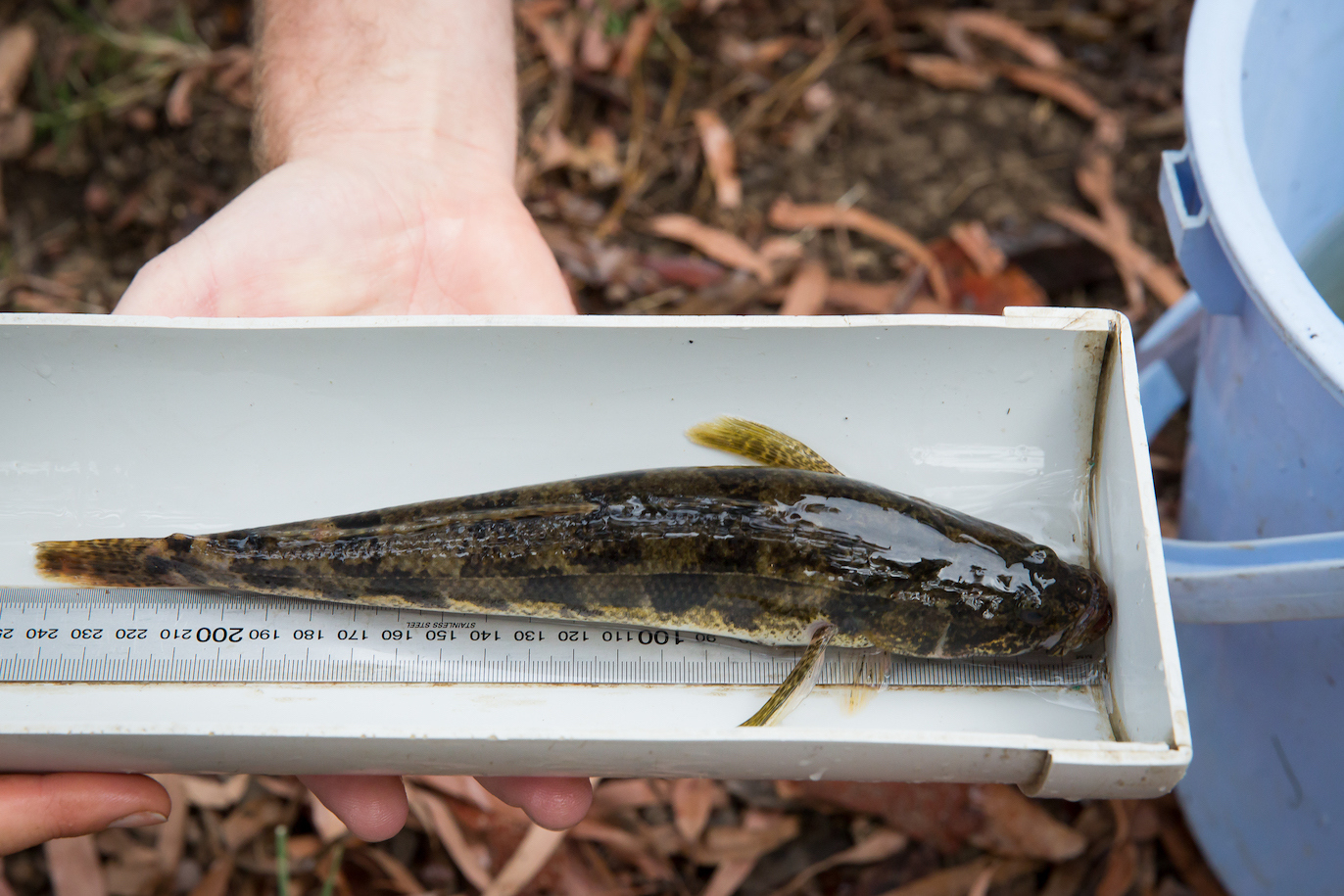
4. Short-finned eel
Short-finned eels live in fresh water for about 10 to 20 years before moving downstream and out to sea to spawning grounds believed to be 3000 km away in the Coral Sea.
When their eggs hatch, this new generation gradually makes its way back to fresh water. It is believed that they hibernate at water temperatures below 10 degrees.
Although they are fierce nocturnal predators, the short-finned eel is actually omnivorous, feeding on fish, crustaceans, molluscs, insects and aquatic plants.
They can also survive long periods without eating and have been observed to go without food for 10 months – even when they aren’t hibernating.
There has only been a handful of short-finned eel sightings in the river over the last 10 to 15 years.
And in case you were wondering, an eel is still considered a fish.
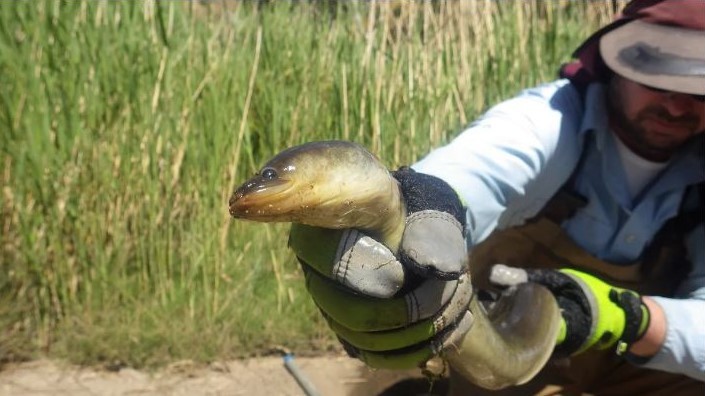
5. Pouched lamprey
This sci-fi looking ancient sucker fish existed before dinosaurs and their presence is a sign of improving river health as they need the right conditions to breed.
These long and skinny eel-like creatures spend most of their life at sea, only returning to freshwater to breed, sometimes travelling hundreds of kilometres upstream.
Their funnel-shaped mouth has no jaw, is filled with teeth and allows them to use suction to attach themselves to other fish to feed. Don’t be scared though. They are no harm to humans.
They grow to be about 50 to 70 cm long and the males have a pouch on the underside of the head, which explains the name.
They were found in the river as recently as 2019 and we’re hoping to see many more of them through the Breakout Creek Redevelopment Stage 3 (aka western end of the Torrens).
By returning the river to a more natural environment through this project, more of these little critters will come back.
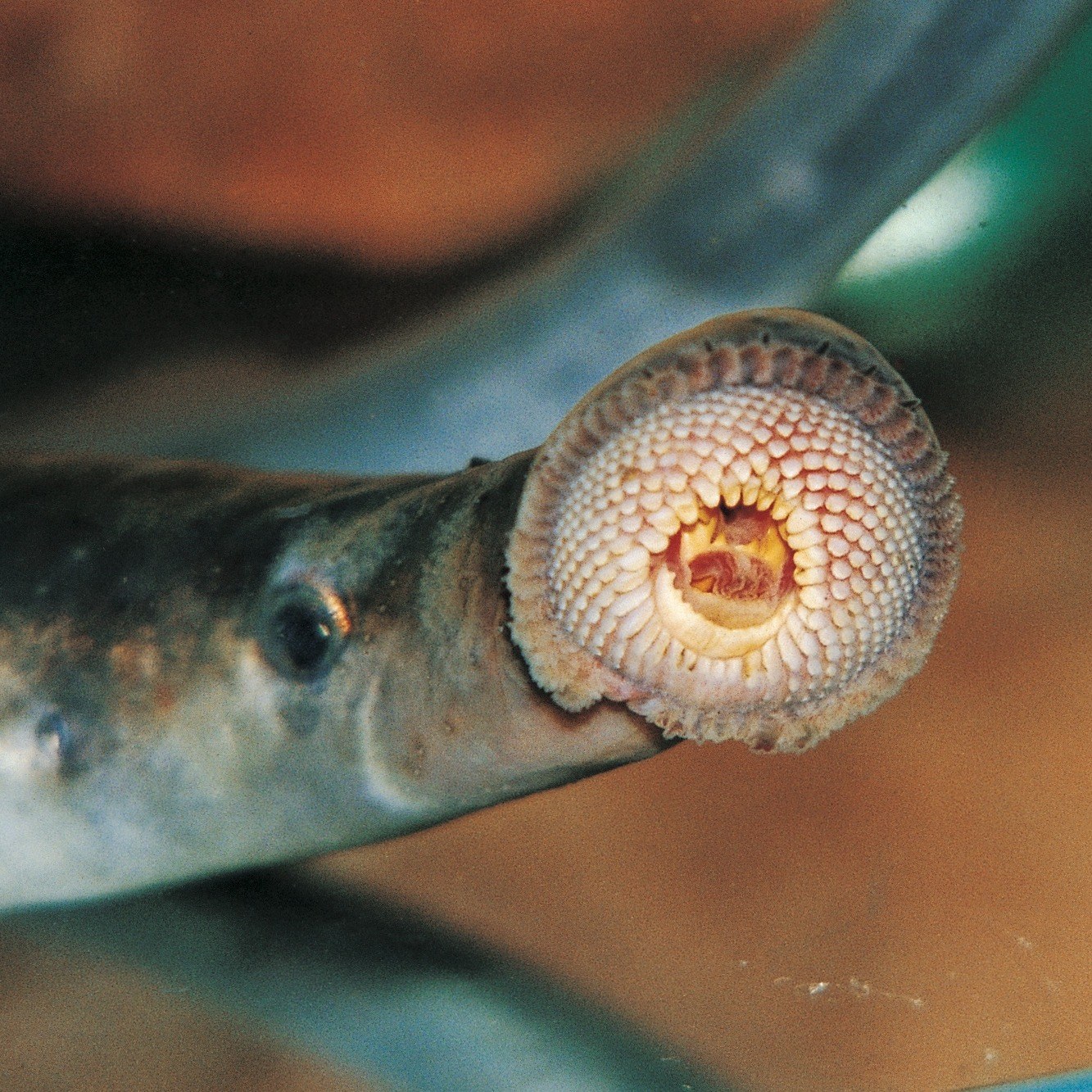
Why are native fish threatened?
There are many threats to native fish including climate change and severe weather events such as storms, flooding and drought.
Native fish are also impacted by introduced fish species, pollution and poor water management affecting their habitat.
Like many urban rivers, the River Torrens /Karrawirra Pari has been modified and regulated over the years to allow for urban expansion.
The river is also fed by stormwater from the surrounding landscape, and this carries contaminants that impact the water quality.
All of these factors have taken their toll on the biodiversity of the river and reduced the population of native fish over the years.
What is being done to help threatened fish?
Due to the ongoing work by state and local government to improve water quality in the river, our monitoring has revealed that native fish communities keep getting stronger.
Native freshwater fish are sensitive to environmental changes, so if they’re about then we know the water quality is improving.
The water quality has improved dramatically over the years through habitat restoration and the creation of wetlands throughout the Torrens catchment.
Here's some of the ways we give native fish a helping hand:
Fish monitoring
Fish monitoring is where we collect, measure and record native fish species.
This takes place in autumn or spring and helps us to determine the impact of river improvement measures such as restoration of aquatic habitat, managed flows of freshwater from upstream storages and the installation of fish ladders.
During monitoring we look at how many native and invasive species there are, if they are healthy, breeding and migrating upstream or downstream.
We collect the fish in nets set up overnight and, in the morning, we record our findings and return the fish to the river unharmed.
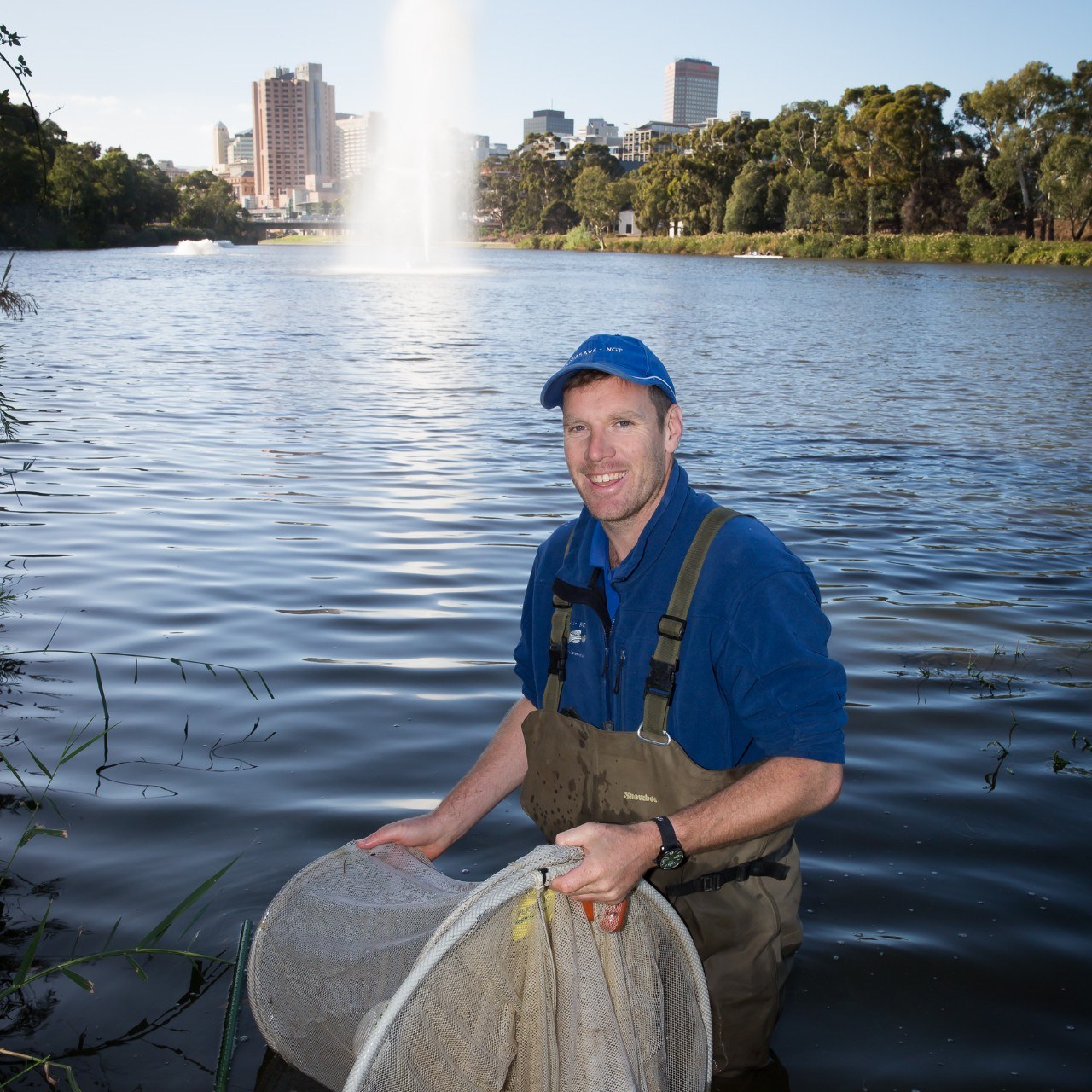
Fishways
A fishway is a kind of ‘ladder’ that helps fish get around high obstacles in the water in incremental steps.
There are many different kinds of fishways. They can occur naturally with rocks or fallen branches, or they can be man-made like the one at Torrens Outlet at West Beach.
When an obstacle is impossible for fish to move past, like a permanent dam, weir or lock, engineers need to create specialised ladders that allow fish to bypass it.
Fishways need to be deep enough for larger fish and they also need to allow smaller fish to get up the ‘steps’.
Fishways are so important as they allow fish to migrate and provide a connection between habitats. Fish move up or downstream to access food, to breed or to find shelter.
Many species of native fish swim between the sea and freshwater at some stage of their life.
The migration of fish up the river was blocked for 70 years which led to the local extinction of native fish.
Thanks to the specially designed fishway, placed where the river meets the sea, native fish such as the congolli have now returned.
Other species that have successfully used the fishway are climbing galaxias, carp gudgeon and pouched lamprey. The fishway allows the vital link between salt and freshwater.
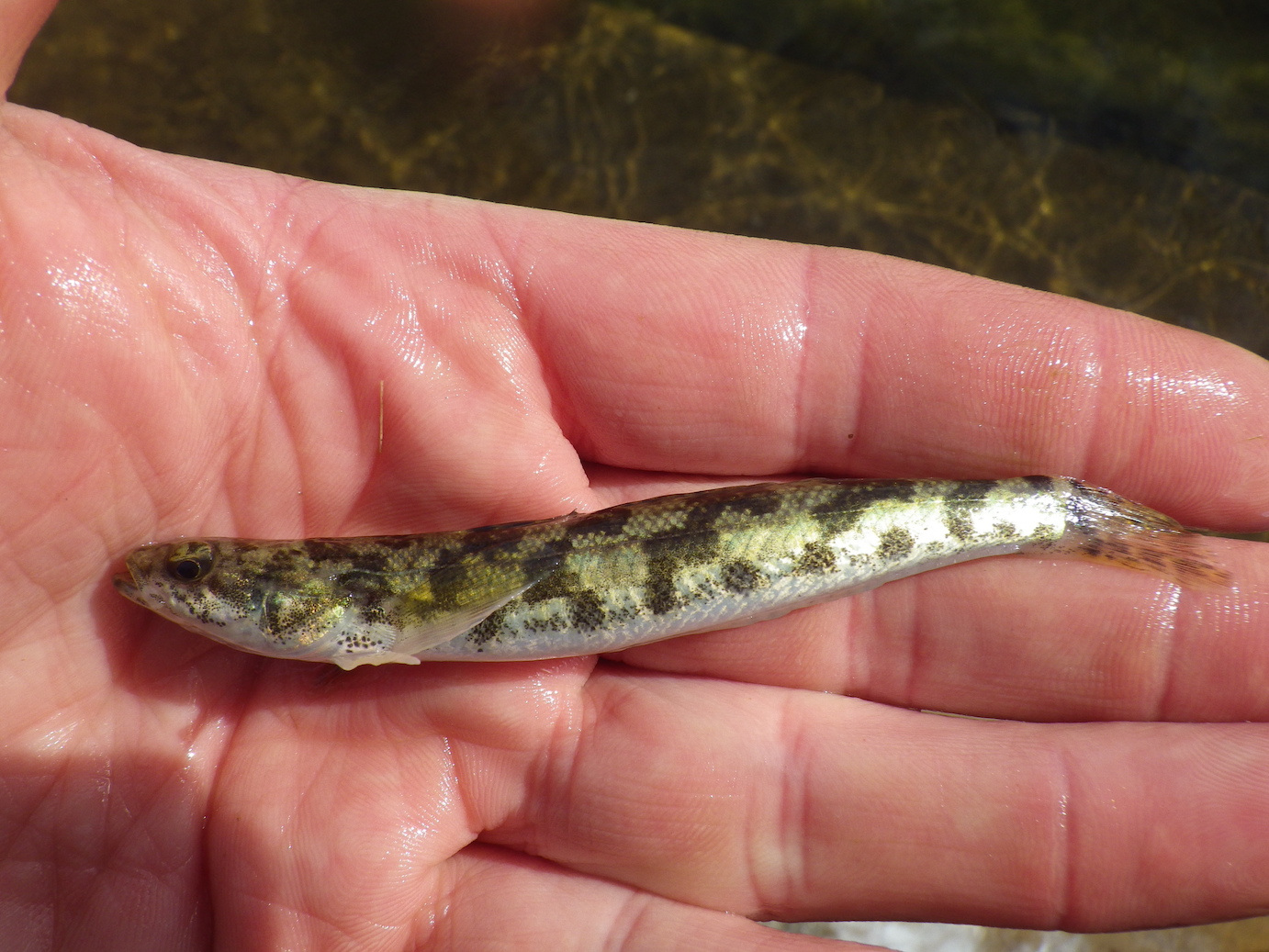
Learn more about Adelaide’s water resources
Like to learn more about the river? Here’s everything you need to know about the River Torrens/Karrawirra Pari.
Learn about how you can look after waterways near or on your property.
Find out how we’re keeping rubbish out of Adelaide’s waterways.
Discover how groundwater is being replenished at Adelaide’s creeks and wetlands.